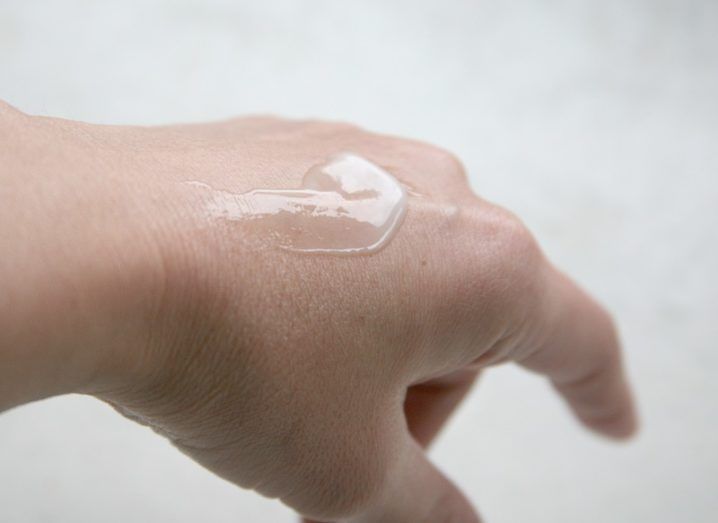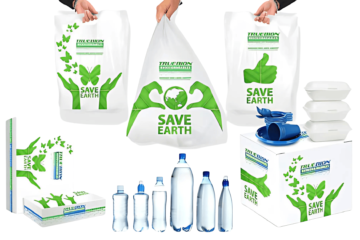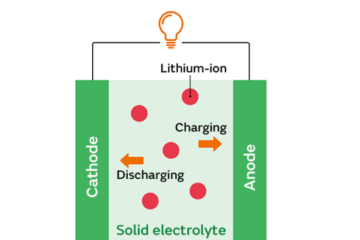Hydrogel Applications: From Wound Healing to Drug Delivery

Hydrogels, three-dimensional networks of hydrophilic polymer chains, have emerged as versatile materials with a wide range of applications in the medical field. Their unique properties, such as high water content, biocompatibility, and tunable mechanical characteristics, make hydrogels well-suited for various biomedical applications. This article explores the diverse and impactful applications of hydrogels in medicine, focusing on wound healing, tissue engineering, and controlled drug delivery.
How do Hydrogels Work?
Hydrogels are three-dimensional networks of hydrophilic polymer chains that absorb and retain large amounts of water or biological fluids. The basic structure of a hydrogel consists of a network of polymer chains with hydrophilic groups, such as -OH or -COOH, that attract and hold water molecules. This high water content gives hydrogels a gel-like consistency, making them highly flexible and similar to natural tissues. The unique properties of hydrogels are attributed to the balance between hydrophilic and hydrophobic components within their structure.
The water absorption capacity of hydrogels results from the presence of hydrophilic groups that form hydrogen bonds with water molecules. The polymer chains within the hydrogel matrix swell as water is absorbed, increasing the gel’s volume. This ability to swell and retain water is crucial for their applications, such as wound healing and drug delivery, where controlled release and absorption are desirable.
Types of Hydrogels
Natural Hydrogels: Derived from natural polymers like alginate, chitosan, or collagen. Biocompatible and often used in biomedical applications due to their resemblance to the extracellular matrix.
Synthetic Hydrogels: Produced from synthetic polymers such as polyacrylamide or polyethylene glycol. Provide tunable properties for specific applications and can be engineered for controlled drug release.
Responsive Hydrogels: Exhibit changes in their properties in response to external stimuli, such as temperature, pH, or the presence of ions. Smart hydrogels respond to environmental changes, allowing for controlled release in a stimulus-dependent manner.
Self-Healing Hydrogels: Have the ability to recover their structural integrity after being damaged. Ideal for applications where durability and long-term use are crucial, such as in medical implants.
Applications of Hydrogels
Wound Healing
Hydrogels have found extensive use in wound care due to their ability to create a moist environment conducive to healing. These materials can absorb and retain large amounts of water, facilitating optimal cell migration, proliferation, and tissue regeneration conditions. Hydrogel dressings provide a protective barrier, promoting faster wound closure and reducing the risk of infection. Additionally, the cooling effect of hydrogels can offer pain relief, making them valuable in burn care and post-surgical applications.
Tissue Engineering
In tissue engineering, hydrogels serve as scaffolds that mimic the extracellular matrix, supporting cell growth and tissue regeneration. Their biocompatibility allows for the encapsulation of cells and bioactive molecules, creating a conducive environment for tissue development—hydrogel-based constructs engineer tissues such as cartilage, skin, and blood vessels. The tunable properties of hydrogels enable researchers to customize the matrix to match the specific requirements of different tissues, making them a key player in the advancement of regenerative medicine.
Controlled Drug Delivery
Hydrogels are pivotal in controlled drug delivery systems, offering a platform for precise and sustained release of therapeutic agents. Encapsulating drugs within the hydrogel matrix can tailor release kinetics to match specific therapeutic needs. This controlled release enhances the therapeutic efficacy of drugs and minimizes side effects. Hydrogel-based drug delivery systems find applications in cancer treatment, where targeted and sustained release of chemotherapeutic agents can improve efficacy while reducing systemic toxicity.
Soft Robotics and Wearable Devices
Hydrogels’ soft and flexible nature makes them suitable for applications in soft robotics and wearable medical devices. Hydrogel-based actuators can mimic the mechanical properties of biological tissues, facilitating the development of soft robotic devices for medical purposes. Moreover, hydrogels are utilized in wearable sensors and patches for continuous monitoring of physiological parameters, such as glucose levels or hydration status, enhancing personalized healthcare and disease management.
Ophthalmic Applications
Hydrogels are widely employed in ophthalmic applications, including contact and intraocular lenses. The high water content of hydrogels provides comfort and maintains moisture, making them an ideal material for contact lenses. Hydrogels offer optical clarity and biocompatibility in intraocular lenses, contributing to improved vision outcomes in cataract surgery.
Summary
Hydrogels have revolutionized the landscape of medical applications, demonstrating their versatility in wound healing, tissue engineering, controlled drug delivery, soft robotics, and ophthalmic devices. The ongoing research and development in this field continue to unveil new possibilities, paving the way for innovative solutions in personalized medicine and regenerative therapies. As hydrogel technology advances, its integration into medical practices holds great promise for enhancing patient outcomes and addressing complex healthcare challenges.



0 Comments